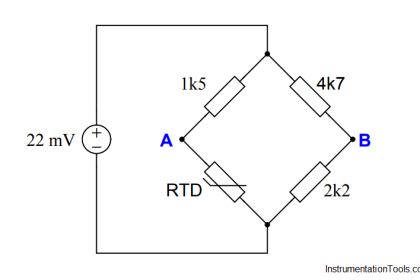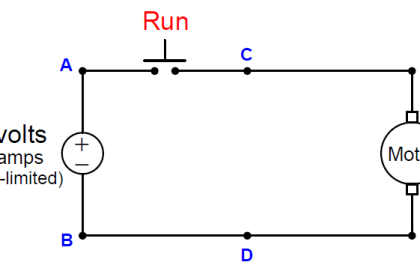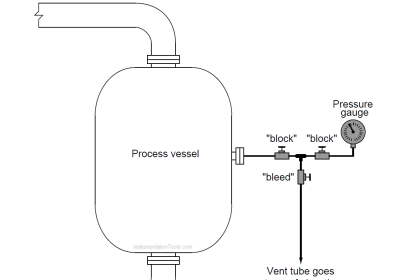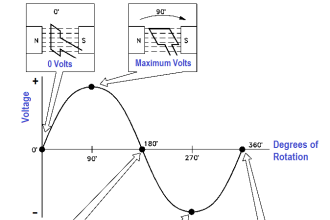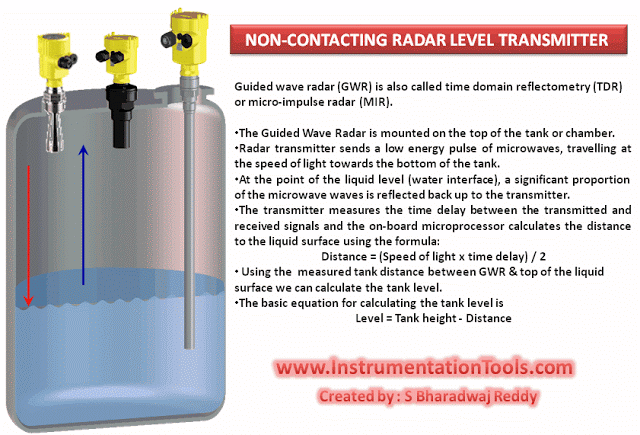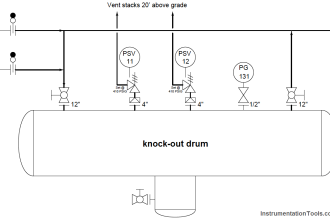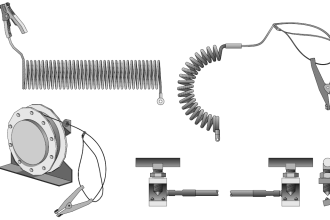In this process, two chemical streams are mixed together in a reactor vessel. The ensuing chemical reaction is exothermic (heat-producing) and must be cooled by a water cooling system to prevent overheating of the vessel and piping.
A temperature transmitter (TT) senses the reaction product temperature and sends a 4-20 mA signal to a temperature indicating controller (TIC). The controller then sends a 4-20 mA control signal to the temperature valve (TV) to throttle cooling water flow:
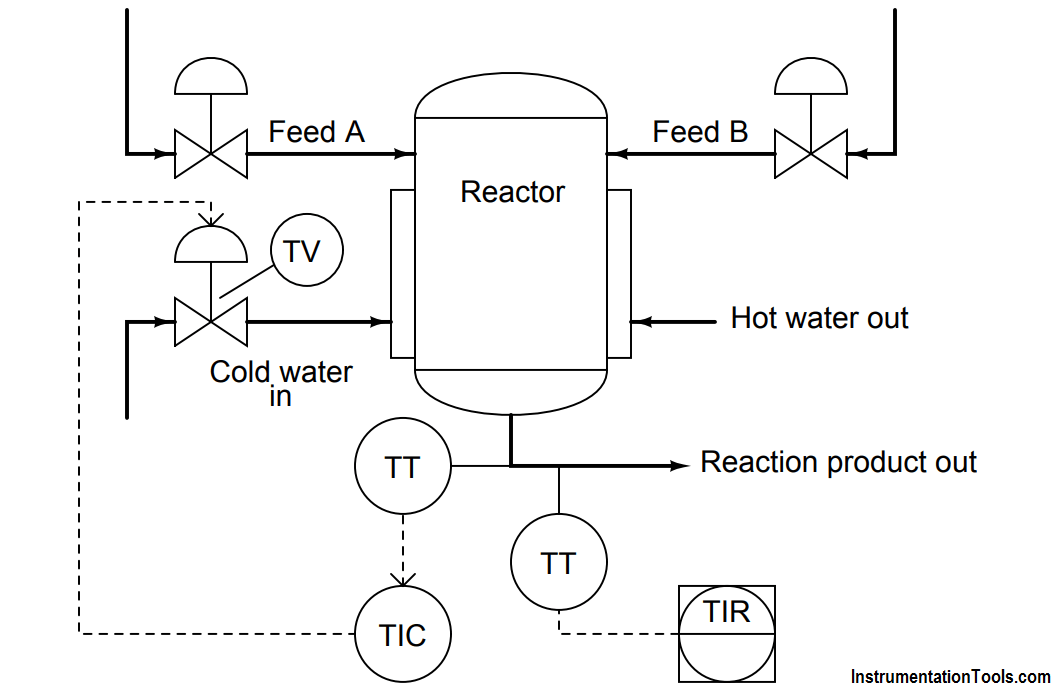
Suppose operators decide to increase production in this process reactor. This means the incoming feed flow rates will be increased, producing more heat.
Describe in detail how the cooling system will respond to this change in process operations.
Answer :
The controller should still be able to maintain the process temperature at setpoint, but it will have to open the cooling water valve further than usual to do so.

